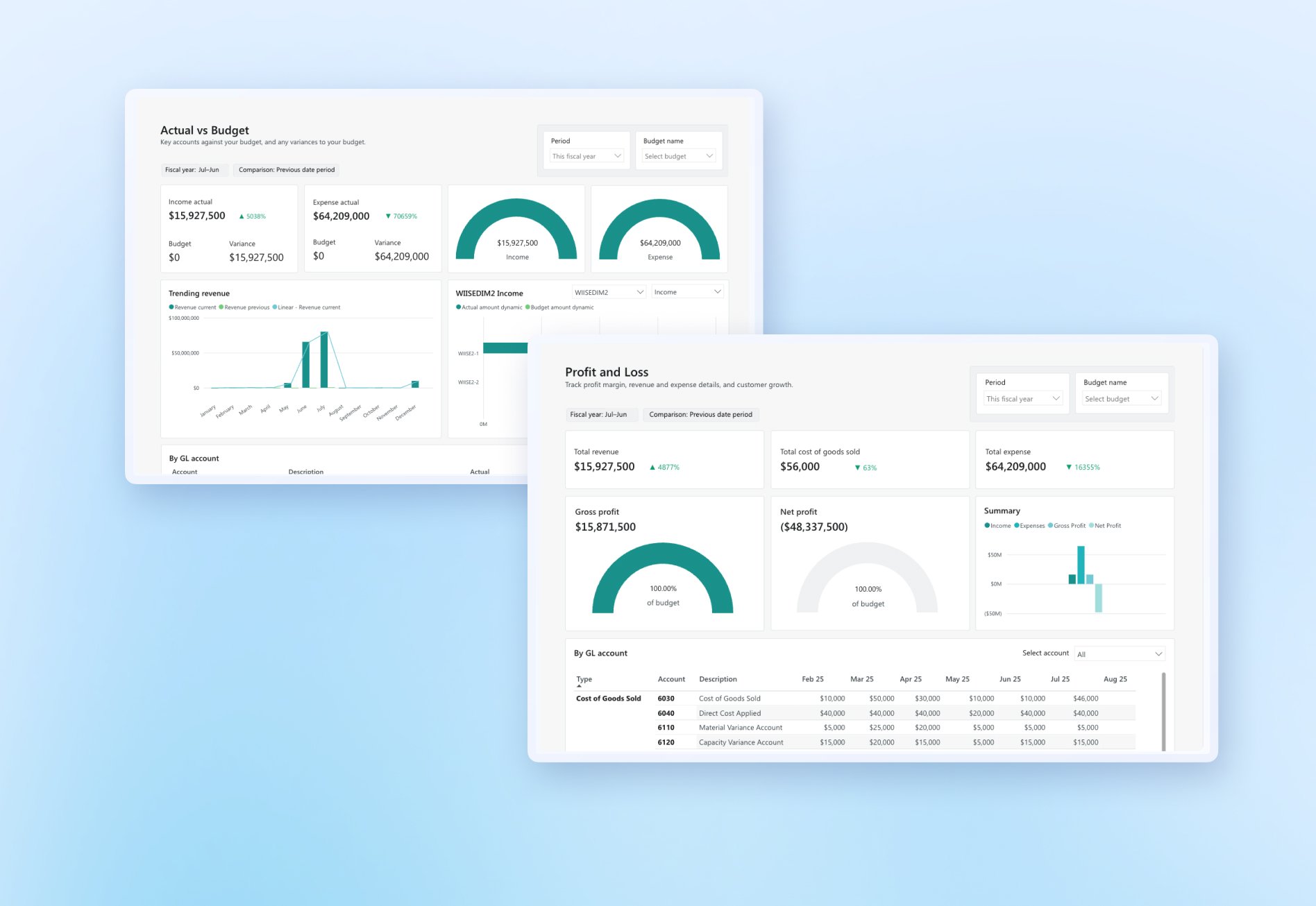Note: This article is more than two years old and may contain outdated information.
30 June is an important date for all businesses in Australia. It's time to complete and submit your tax returns, close off your accounts, and take some time to prepare for the next financial year. If that all fills you with dread, you’re not alone! End-of-financial-year requirements can be tough to work through. And this year we’ve got the added struggles of a global pandemic and navigating through the various government schemes put in place for small and medium businesses. We’ve put together a quick checklist to help you sail through tax time and prepare for a healthy FY21.
1. Prepare your reports and statements for the tax office
There's no escaping it — it's report time. For most SMBs, that means preparing a profit and loss statement. Lodging your PAYG, and fringe benefits if applicable. And doing your GST and income tax returns. You'll also need to complete your superannuation obligations. Every business is a little different though, so check with your accountant. Let's take a look at some of these in more detail.
A profit and loss statement is a list of your sales and expenses that shows you how much profit you're making or losing. It can help you prepare your sales targets and pricing for goods and services so you can grow your business.
PAYG, or pay-as-you-go withholding, is how you withhold tax from people that you pay. By sending these amounts to the ATO, you're helping your employees meet their tax liabilities. Make sure you've registered for PAYG withholding. You can check if you're eligible and how to do this on the ATO website.
GST is goods and services tax — a 10% tax on most goods and services sold in Australia. If your business is registered for GST (find out how here), you'll need to collect this portion of goods sold from your customers. And then you'll have to pay it to the ATO.
2. Check and manage your deductions
Yes, you can claim deductions for most of your business expenses at tax time, as long as they're related to how your business operates. For small businesses, this could be things like motor expenses, travel, computers and setting up a website.
Larger businesses can usually claim capital expenses. This is the expense of a depreciating asset, like office furniture and computers, including the amount you paid for it and the transportation and installation costs. It's also any expense that relates to establishing, growing or improving your business.
Eligible businesses can use the instant asset write-off too. This is where you claim a deduction for the business portion of an asset cost.
3. Check for COVID relief or impacts
Here are some of the schemes currently available for businesses to access, in response to the COVID-19 pandemic. Please note that these do change regularly, so check the most up-to-date information here.
Cash flow payments — These temporary payments of up to $100,000 are for eligible SMBs to help you keep operating, make payments and keep your staff on.
The JobKeeper Payment — This $1,500 fortnightly payment is designed to help you keep your people working and connected with your business. It's available until 27 September 2020 and is open to businesses and not-for-profits under certain conditions.
Support for apprentices and trainees — The government is offering a 50% wage subsidy to keep supporting and developing Australia's upskilling workforce.
Instant asset write-off — Until 30 June 2020, the threshold has been increased from $30,000 to $150,000 for businesses with an aggregated annual turnover of less than $500 million. This is useful if you're buying new office equipment or machinery.
4. Take time to prepare for next year
Look at your finances with your accountant. Did you meet your targets? What can you do differently next year? This is your chance to look at how you price your services, your staffing numbers and your contracts with suppliers.
A cash flow forecast will help you stay ahead and plan more effectively. And it will help you meet your payment obligations to employees and suppliers. Make sure you follow up on outstanding debts. And look at reducing expenses if you need to, perhaps by switching insurers.
Maybe it's time to grow and invest in the business. Look at your strategy for the next financial year and make sure your goals and priorities are aligned. How can you do business better? Maybe it's time for a restructure. Or you might want to ramp up your marketing campaigns in FY21 to reach a broader, better-quality target group.
5. Get the right software – it's never too late
Can the right system really help your business at tax time? Absolutely! If you're trying to consolidate information from multiple systems, you're already on the back foot. Duplication and human error are a big risk, so you can never be sure your numbers are right. And if you're managing multiple entities, it can be even more of a headache.
Software that can manage all your business operations, including your finances and accounting in one place, will save you time and help you put your end-of-year reports together accurately and quickly. If you can get a proper look at your cash flow in real time and know that you're planning with the right numbers, you're already off to a good start.
Look for a single touch payroll (STP) enabled system — it's essential for reporting tax, salary and superannuation info to the ATO. From 1 July 2019, all employers with 19 or fewer employees have had to report through STP.
And back that data up! Ideally, your system should do that for you continuously, with safe and secure local servers keeping your information under lock and key. But if it doesn't, talk to your IT department and ask them how you can keep your data safe.
FY21 — we’re coming for you
If you have any questions about your specific tax obligations, please reach out to your accountant. And check out the information on the ATO website. Or if tax time this year has made you think about overhauling your back-office systems, give us a buzz at Wiise.



